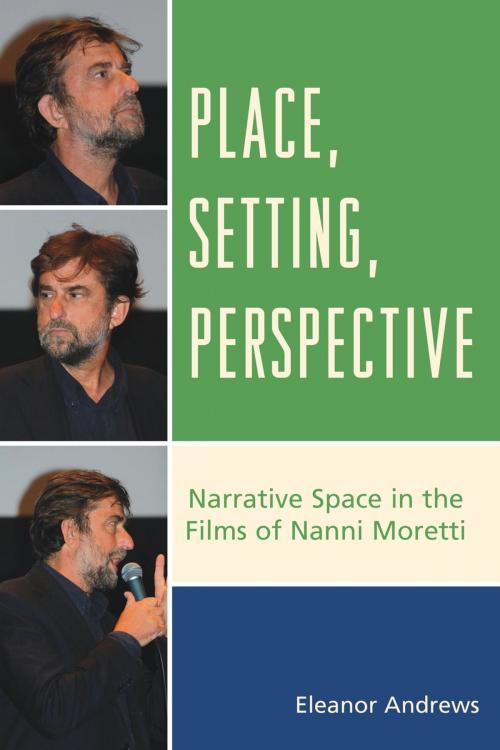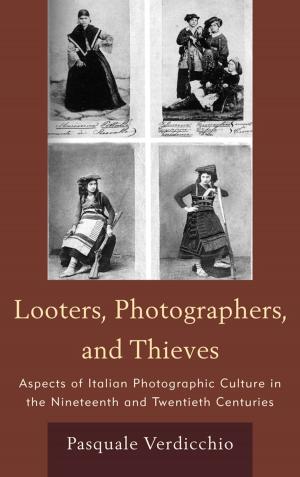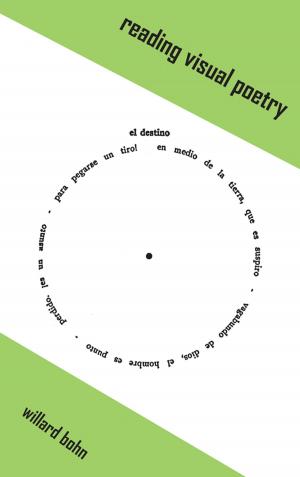Place, Setting, Perspective
Narrative Space in the Films of Nanni Moretti
Fiction & Literature, Literary Theory & Criticism, European, Italian, Nonfiction, Entertainment, Film, History & Criticism, Performing Arts| Author: | Eleanor Andrews | ISBN: | 9781611476910 |
| Publisher: | Fairleigh Dickinson University Press | Publication: | September 26, 2014 |
| Imprint: | Fairleigh Dickinson University Press | Language: | English |
| Author: | Eleanor Andrews |
| ISBN: | 9781611476910 |
| Publisher: | Fairleigh Dickinson University Press |
| Publication: | September 26, 2014 |
| Imprint: | Fairleigh Dickinson University Press |
| Language: | English |
Place, Setting, Perspective examines the films of the Italian filmmaker, Nanni Moretti, from a fresh viewpoint, employing the increasingly significant research area of space within a filmic text. The book is conceived with the awareness that space cannot be studied only in aesthetic or narrative terms: social, political, and cultural aspects of narrated spaces are equally important if a thorough appraisal is to be achieved of an oeuvre such as Moretti’s, which is profoundly associated with socio-political commentary and analysis. After an exploration of various existing frameworks of narrative space in film, the book offers a particular definition of the term based on the notions of Place, Setting, and Perspective. Place relates to the physical aspect of narrative space and specifically involves cityscapes, landscapes, interiors, and exteriors in the real world. Setting concerns genre characteristics of narrative space, notably its differentiated use in melodrama, detective stories, fantasy narratives, and gender based scenarios. Perspective encompasses the point of view taken optically by the camera which supports the standpoint of Moretti’s personal philosophy expressed through the aesthetic aspects which he employs to create narrative space. The study is based on a close textual analysis of Moretti’s eleven major feature films to date, using the formal film language of mise-en-scène, cinematography, editing, and sound. The aim is to show how Moretti selects, organizes, constructs, assembles, and manipulates the many elements of narrative space into an entire work of art, to enable meanings and pleasures for the spectator.
Place, Setting, Perspective examines the films of the Italian filmmaker, Nanni Moretti, from a fresh viewpoint, employing the increasingly significant research area of space within a filmic text. The book is conceived with the awareness that space cannot be studied only in aesthetic or narrative terms: social, political, and cultural aspects of narrated spaces are equally important if a thorough appraisal is to be achieved of an oeuvre such as Moretti’s, which is profoundly associated with socio-political commentary and analysis. After an exploration of various existing frameworks of narrative space in film, the book offers a particular definition of the term based on the notions of Place, Setting, and Perspective. Place relates to the physical aspect of narrative space and specifically involves cityscapes, landscapes, interiors, and exteriors in the real world. Setting concerns genre characteristics of narrative space, notably its differentiated use in melodrama, detective stories, fantasy narratives, and gender based scenarios. Perspective encompasses the point of view taken optically by the camera which supports the standpoint of Moretti’s personal philosophy expressed through the aesthetic aspects which he employs to create narrative space. The study is based on a close textual analysis of Moretti’s eleven major feature films to date, using the formal film language of mise-en-scène, cinematography, editing, and sound. The aim is to show how Moretti selects, organizes, constructs, assembles, and manipulates the many elements of narrative space into an entire work of art, to enable meanings and pleasures for the spectator.















